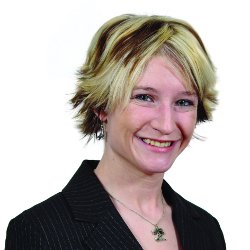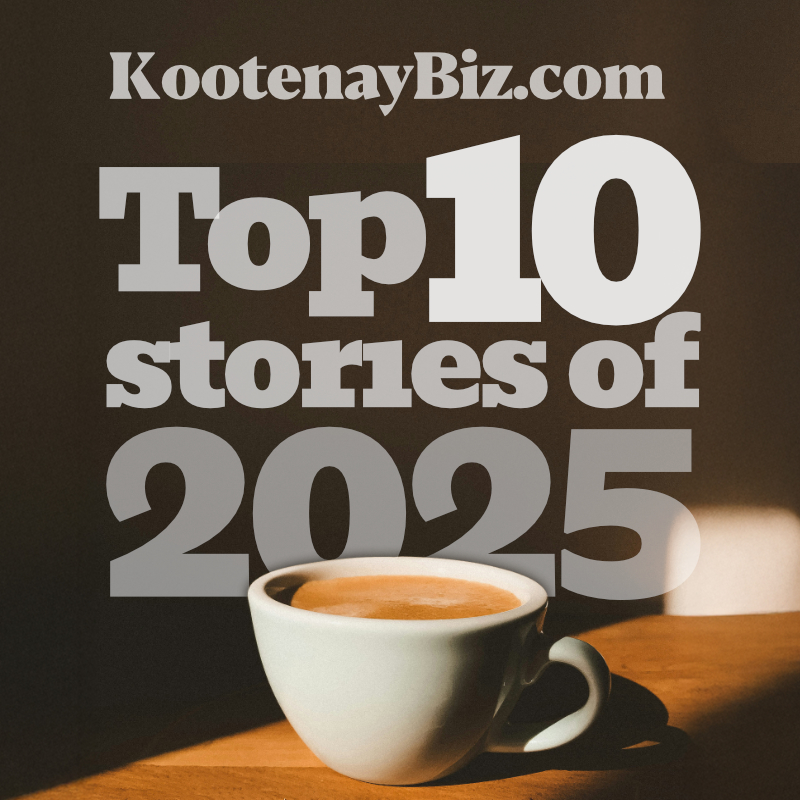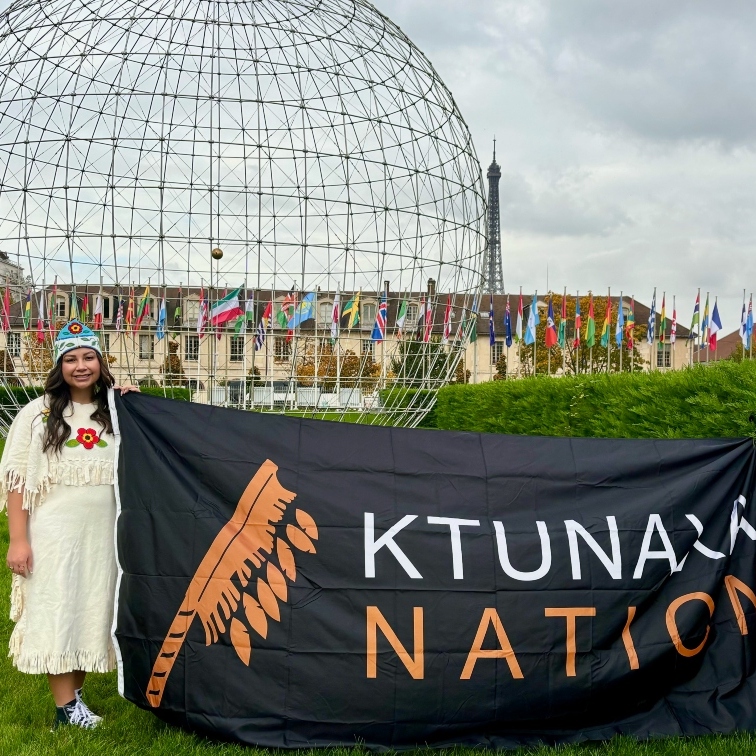Celebrating and representing First Nations values in education
Dana Wesley is excelling in her role as Executive Director, Indigenous Strategy and Reconciliation for the COTR

Dana Wesley is using her role to bring about positive changes. — Photo courtesy Atil Photography
The College of the Rockies has a fantastic team of staff members at its helm, and one of the most recent additions is Dana Wesley, the current Executive Director of Indigenous Strategy and Reconciliation.
Wesley has an impressive background, with experience in post-secondary education, human rights and reconciliation, to name a few of her fields of expertise. We wanted to ask her a few questions and find out how she’s enjoying her new position:
Can you tell me a bit about your background?
I’m originally from Moose Cree First Nation territory in northern Ontario, but have spent the last 15 years in different areas of southern Ontario. I originally moved south for my education and did my undergraduate and Master’s degrees at Queen’s University in Gender Studies.
I went on to work for over 10 years in many different sectors—post-secondary education, health, equity and human rights—in various positions related to reconciliation and Indigenization. I’ve returned to work in post-secondary education because I feel a calling to improve the system that I spent so much time in, so that other Indigenous people may not have the same hurdles I faced in my education. I feel very lucky to have had parents that emphasized the importance of education and were some of the first in our community to achieve post-secondary credentials. And despite being quite prepared for post-secondary education and having a strong family support base, I still struggled to see myself and my values represented in the institutions I attended. I also worked very hard as a student volunteer to advocate for Indigenous cultural resurgence and create a sense of community. As a result of those efforts, I saw a lot of positive institutional changes, and so I’ve really just never stopped doing that work.
What brought you to the Kootenays?
My husband and I were growing weary of the big city life and wanted more community connection and to be closer to nature. When I saw the posting for this role, I really felt like the job description had been written just for me. I was also inspired by the institutional commitment that the college has made to Indigenous communities and excited about the big impact that I could have at a small college. I joined the college in February 2022 and have been steadily working towards building relationships both within the college and with our external Indigenous partners. I’ve also been overseeing the work of the Indigenous Education team and growing our presence to reach an increasing amount of students.
What is the COTR doing to work with First Nations communities?
The college has a variety of ways that we work with Indigenous communities. In 2015, the COTR became a signatory to the Indigenous Education Protocol for Colleges and Institutes. The seven principles of the Indigenous Education Protocol guide our work and show our commitment to create curriculum and provide services and learning environments that respect Indigenous values and cultures.
The other document that guides a lot of our work with First Nations communities is the Memorandum of Understanding that the college signed with the Ktunaxa Nation Council (KNC) in 2019. We also have two Ktunaxa representatives on the college’s Board of Governors, Darlene Trach and Jared Basil. This year Jared Basil was voted in as the College Board of Governors’ vice-chair.
We continue to work with the KNC as a partner and build relationships with all five First Nations in the East Kootenays, four of which are Ktunaxa and one is Shuswap. We also partner with other Indigenous partners like the Metis Nation BC. The college’s two-year action plan confirms our broader commitment by including a section on Truth and Reconciliation and the importance of working shoulder-to-shoulder with Indigenous partners.
What misconceptions currently exist around reconciliation, and how do you address those misconceptions?
I think the biggest misconception about reconciliation is that reconciliation has to be led exclusively by Indigenous people. However, there is a role for everyone to play in reconciliation efforts. While many Indigenous people and communities are at the forefront of the movement, non-Indigenous people have to take action in order for reconciliation to advance. At its core, reconciliation is about righting past and on-going wrongs, and there are a lot of opportunities for non-Indigenous people to make a big impact. At the very least, it’s important that everyone educate themselves on why we are here as a nation having to undertake reconciliation efforts and what has happened specifically in the local area. In my work, I consistently remind those around me to make commitments to reconciliation that are tangible and in their sphere of influence.
What has been your proudest accomplishment since taking on this role?
In the short time that I have been at the college, a lot of the work has been strengthening services that we provide to Indigenous students, and reinvigorating relationships with our Indigenous partners. yaqakiǂ ʔit̓qawxaxamki (the Place Where People Gather) is a beautiful building on the Cranbrook campus where the Indigenous Education team provides programming and services. I am proud to see an increasing number of students in the space and accessing services because that tells us that we are doing a good job. Similarly, I have received positive feedback from Indigenous partners and an increase in engagement, and so that also tells me that we are going in the right direction.






Comments